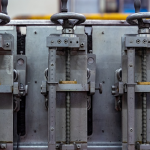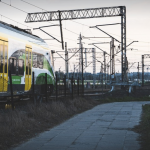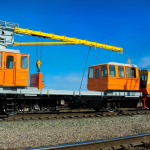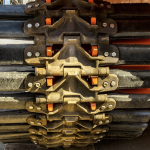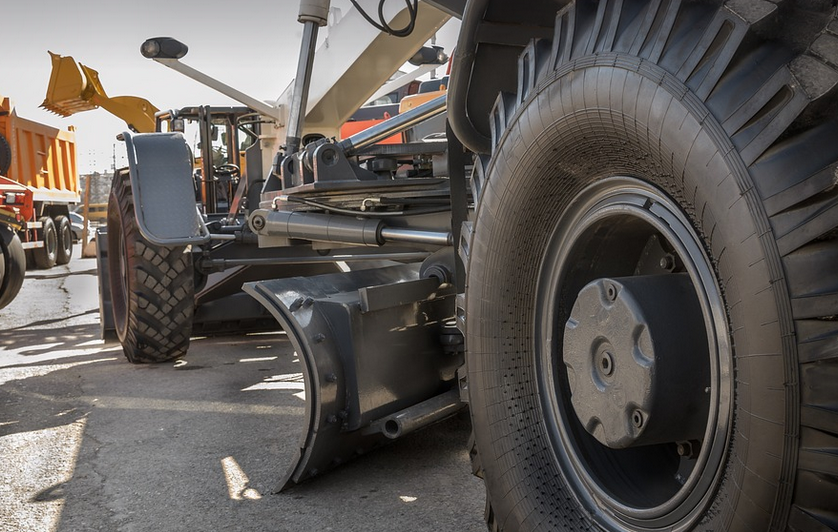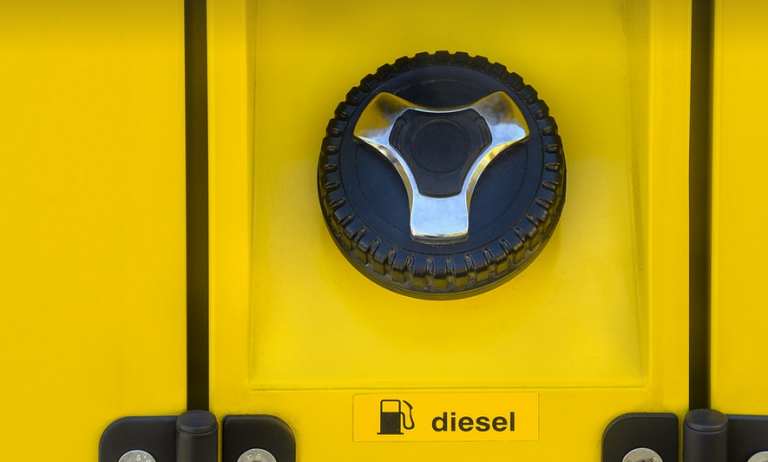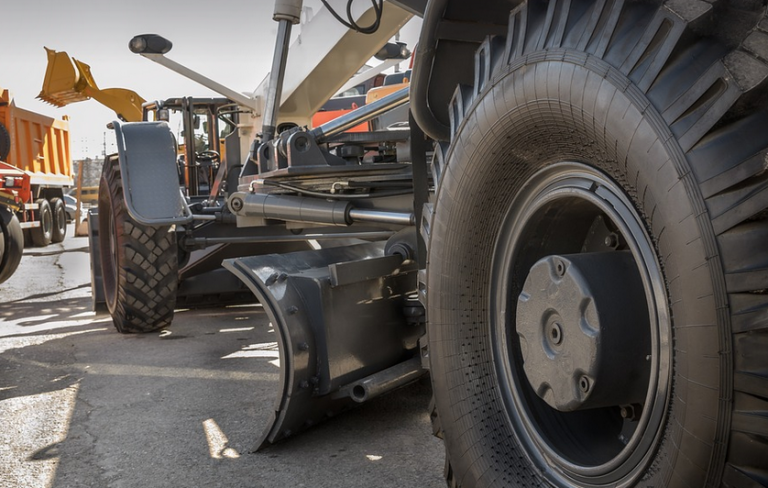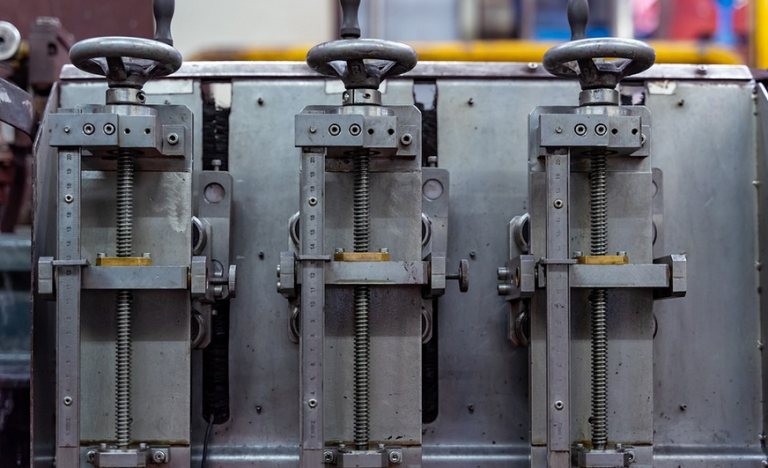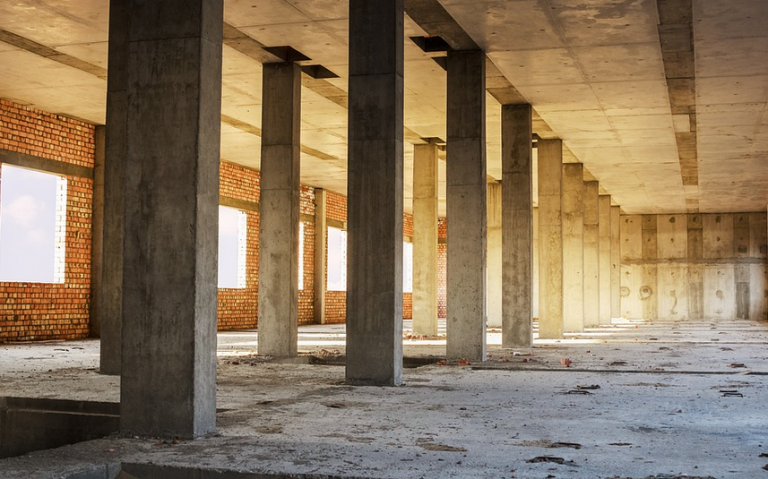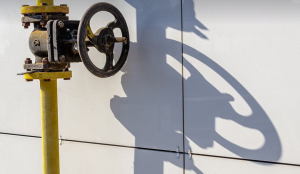Decoding the Language of Metal
Welding prints, often referred to as technical drawings or assembly plans, are your go-to guides for creating and executing any welding project. Think of them as a secret code that unlocks the world of metal fabrication. Each line, mark, and symbol acts like a puzzle piece, shaping your vision into reality. While it might seem overwhelming at first, mastering welding print reading allows you to confidently tackle even the most complex projects.
Before diving in, let’s address the elephant in the room: why are welding prints so crucial? Well, they prevent costly mistakes and ensure consistent quality. These blueprints provide essential details about material specifications, weld types, joint configurations, tolerances, and more.
Imagine you’re building a sturdy steel bridge. You wouldn’t just randomly assemble pieces without a blueprint, right? Welding prints are the blueprint for your project—they hold the key to creating safe, reliable, and aesthetically pleasing structures.
Understanding the Building Blocks of Prints
Welding prints are like detailed instruction manuals, providing crucial information about every aspect of your welding project. Let’s explore some key elements that form their foundation:
1. Title Block:
This is the cornerstone of any print, containing essential details like project title, client name, contact information, date of issue, and revisions.
2. General Arrangement (GA):
The GA offers a bird’s-eye view of your weld project. It shows the overall layout of all components and their relative positions on the drawing. This is essential for understanding how everything fits together before you even touch the metal. Think of it as a roadmap, guiding you through each step.
3. Section Views:
Sometimes, you need a closer look at specific areas of your project. Section views allow you to cut through your components and visualize the internal structure. It’s like peering beneath the surface to understand how everything fits together, just like opening an instruction manual for a car’s engine.
4. Assembly/Exploded Views:
For projects with many interconnected parts, assembly views offer a simplified view of how things come together. They show you the connections between each component, providing a clearer understanding of their role and position in the overall project. Imagine assembling a complex piece of furniture; these views simplify the process by showing where everything goes.
5. Dimensions and Tolerances:
Precision is key when welding! Dimensional information and tolerances ensure that each weld joint conforms to specific standards. This ensures consistency across all projects, preventing any undesirable deviations in the final product. These dimensions are like a blueprint for quality—they guarantee your welds meet specifications without compromising on accuracy.
6. Welding Symbol & Codes:
The language of welding is simplified with symbols and codes that directly translate into specific welding techniques. Understanding these symbols and their associated numbers helps you choose the right welding process for the job, ensuring a successful weld every time. Think of them as the secret code for your welding project—it’s like understanding different kinds of recipes in a cookbook.
7. Material Specifications:
Material specifications are crucial for selecting compatible materials and ensuring proper welding procedures. These details cover material properties, thicknesses, standards, and other vital information required for effective welding operations. Imagine choosing the right tools based on their function—that’s essentially what these specifications do in your project.
Mastering the Art of Reading
The key to successful reading lies in understanding the context and purpose of each element within a welding print.
Start by familiarizing yourself with basic terminology. Understanding terms like “fillet weld,” “butt joint,” or “tack weld” will help you decipher complex drawings. Focus on specific components, identifying their unique shapes and dimensions. Look for standard symbols and codes, which act as keystones in building your welding knowledge.
Embrace the power of practice! Pick up a welding print, start drawing basic sketches, or try to replicate sections from existing blueprints—it’s all about hands-on learning and gradually mastering the art of reading weld prints. The more you engage with this process, the easier your journey will become.
Don’t shy away from asking questions! If you find yourself struggling with a particular aspect, reach out to experienced welders or mentors who can guide you through the maze of technical blueprints. Their expertise and guidance will be invaluable in mastering this skill.
The Rewards of Mastering Print Reading
Mastering welding print reading unlocks a world of potential opportunities for any welder. Imagine yourself as a skilled architect, able to build anything from simple metal structures to complex machinery.
By understanding the intricate details of these blueprints, you’ll be empowered to:
- Contribute to projects of all scales, from small repairs to large-scale infrastructure developments
- Gain confidence in tackling challenging projects and overcoming unforeseen hurdles
- Work with greater precision and accuracy, leading to improved product quality
- Expand your career horizons and potentially enter new fields within the industry
Welding print reading is an invaluable skill that transcends technical expertise. It’s a gateway to a world of possibilities, empowering you to shape metal into beautiful and functional creations. With dedication and practice, you can become fluent in the language of welding prints—unlocking a new level of craftsmanship in your career.

